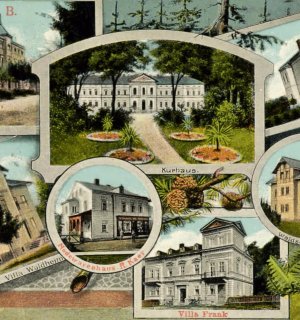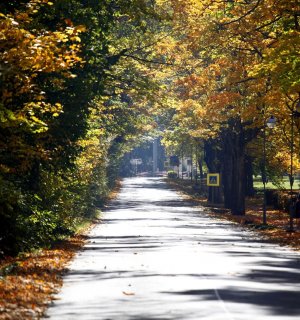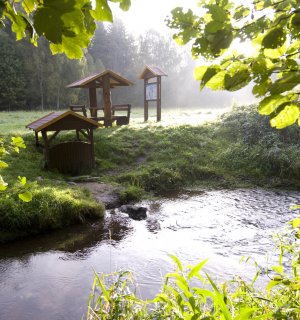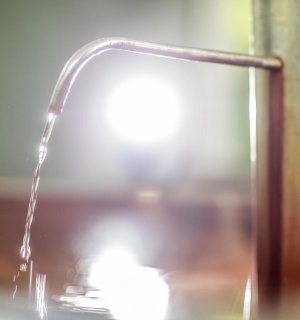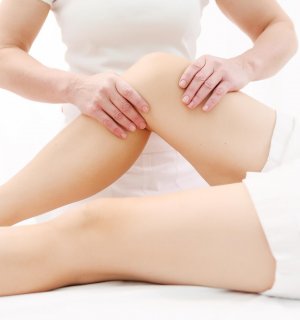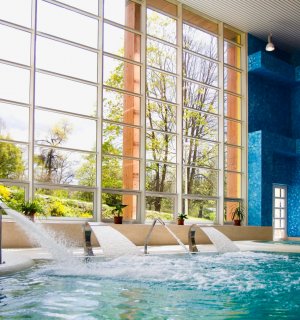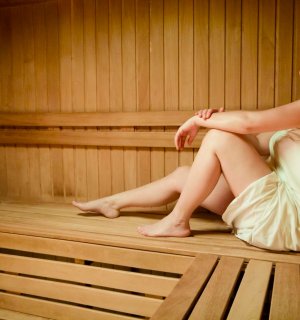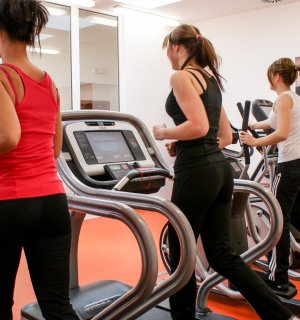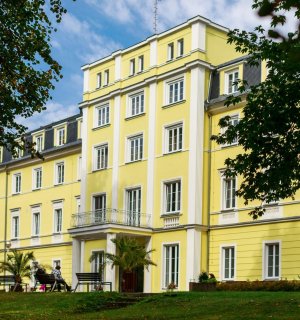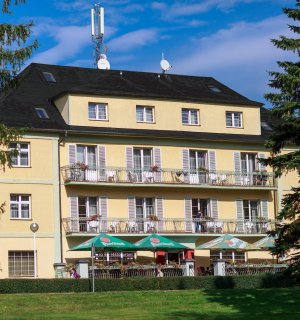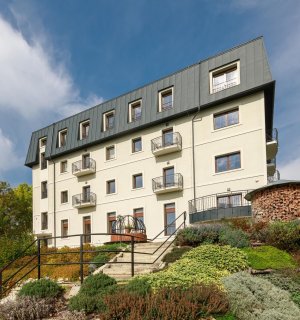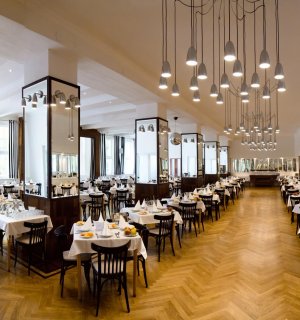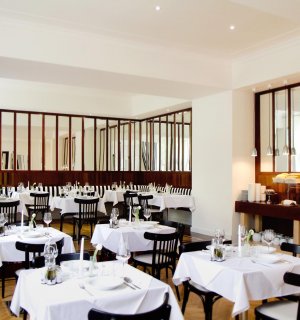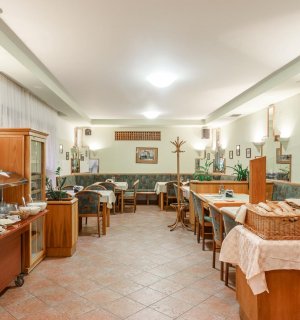- Konstantinovy Lázně
-
Konstantinovy Lázně
-
- Leisure time
-
Leisure time
-
- Cure
-
Cure
-
- Wellness center
-
Wellness center
-
- Accommodation
-
Accommodation
-
- Dining
-
Dining
-
- Packages and prices
-
Packages and prices
-

To Virgin Marry in the Rock
Plzeňský MLS / Pilsner Small Folk Ensemble
- Cure
- Prusík spring
Prusík spring
Spring history
The first mentions of Konstantinovy Lázně in connection with the local spring called "Smraďák" date back to the 16th century. During hot summer days, the farmers from the surroundings area used to come to the pool with bubbling bluish water to refresh themselves and already then many of them recognized the healing effects of this spring. In 1809, Dr. Nehr, a mineral water expert from Mariánské Lázně, worked out an expert assessment of the springs in Konstantinovy Lázně, which confirmed the excellent curative effects of local mineral waters.
At the time of the construction of the main spa building, five springs, which were located in the spa park were merged - Skalní, Františkův, Žofiin, Giselin and Karlův. Later, the combined spring was named after the Prague professor of internal medicine and the great supporter of Konstantinovy Lázně, MUDr. Bohumil Prusík.
Location
The Prusík Spring springs to the surface in the park where the glass drinking pavilion stands today. Next to the pavilion, there is a well in the slope, from which the mineral water is pumped, and it is here that you can conveniently tap the freshest acidulous mineral water. Another place where the spring can be tasted is the "round" drinking pavilion near the terrace of the spa hotel Prusík. In the winter, when the mineral spring supply to the outdoor pavilions is interrupted, visitors can use a drinking niche next to the entrance hall of the spa hotel Prusík.
Heeling effects
The Prusik healing spring is primarily used in carbonated baths and also in the form of a subcutaneous application of the spring gas. During the carbonated bath, the basic treatment procedure of Konstantinovy Lázně, carbon dioxide is absorbed through the skin, resulting in vasodilatation and consequently in blood pressure drop and pulse rate decrease. Muscular blood circulation and oxygenation increase, which is why carbonated baths have a significant effect on the cardiac and vascular system and they are also recommended for muscular system diseases.
Characteristics and composition
Mineral water of hydrogen carbonate-sodium-magnesium type (HCO3-NaMg) with increased content of silicic acid, cold, hypotonic, with very high content of free dissolved CO2. Typical characteristics of the spring include low levels of sulphates and chlorides, and the absence of any pollutants. The spring is now reached by a 40-meter deep well.
Tab. 1 General Characteristics of the BV 11 "Prusik" spring.
| Year | Temperature °C | Density mg.l-1 | f.d. CO2 | TDS mg.l-1 | pH at 9,1°C | ORPH mV | Osmotic pressure kPa | Total mineralization |
| 2023 | 9,1 | 0,9990 | 3320 | 486 | 5,57 | 220 | 40 | 761 |
Note: f.d. CO2 = free dissolved carbon dioxide in water, TDS = residue at 180 ° C, ORPH = oxidation-reduction potential. The temperature fluctuates slightly throughout the year, depending on the seasonal temperature of the ambient air.
Tab. 2 Chemical composition of water of the BV 11 "Prusik" spring (data from complex analyses)
| Year | K+ | Na+ | Ca2+ | Mg2+ | Fe2+ | Cl- | SO42- | HCO3- | H2SiO3 mg.l-1 |
| 2023 | 11,5 | 81,2 | 27,4 | 30,4 | 27,4 | 35,7 | 15,2 | 447 | 79,6 |


